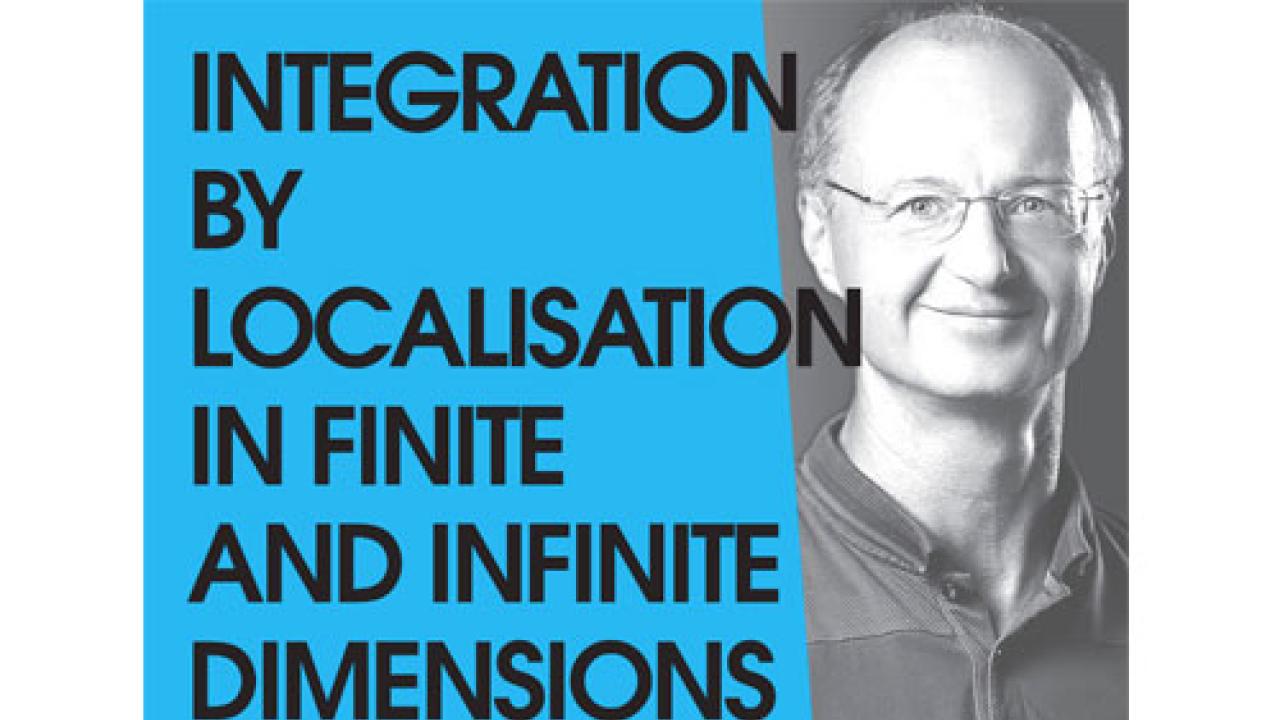
ICTP announces a joint colloquium with SISSA, the International School for Advanced Studies, featuring Russian mathematician Anton Alekseev of the University of Geneva, Switzerland.
The talk, titled 'Integration by localisation in finite and infinite dimensions', will take place online on Wednesday 17 March at 16:00 CET. Participants must register in advance at https://sissa-it.zoom.us/webinar/register/WN_ePkh_5CvR3-30CJmzc_PyA
After registering, you will receive a confirmation email containing information about joining the webinar.
Anton Alekseev studied at the Leningrad State University and was trained at the Steklov Mathematical Institute in St. Petersburg where he obtained his PhD in Mathematical Physics in 1991. After research positions in Zurich and Uppsala, he became full professor for mathematics at the University of Geneva in 2001.
Alekseev has worked on a wide range of topics in mathematical physics and pure mathematics including algebra and geometry, as well as mechanics and field theory. He has made seminal contributions in these disciplines, and often his work uncovers connections and unexpected links between them.
Talk abstract:
Integral calculus is an art. One of the most surprising techniques in the calculation of multi-dimensional integrals is called localisation. In a typical example of localisation, an integral is presented as a sum of a finite number of simple contributions associated to fixed points of an action of a compact group (e.g. a circle) on the integration domain.
Localisation was discovered by Duistermaat and Heckman in their study of symplectic geometry of coadjoint orbits. They showed that certain oscillatory integrals can be computed exactly by taking the first two terms of their stationary phase expansion. Berline and Vergne, and Atiyah and Bott, gave a conceptual explanation of this phenomenon in terms of equivariant cohomology.
In this talk, we will start with some simple low dimensional examples, and then we will consider an infinite dimensional example of coadjoint orbits of the Virasoro algebra. Elements of Virasoro coadjoint orbits can be thought of as Schroedinger operators on the circle. Recently, Stanford and Witten considered formal Duistermaat-Heckman localisation formulas for the corresponding orbital integrals. If time permits, we will discuss possible mathematical interpretations of these formulas. (Based on a joint work with S. Shatashvili.)
















